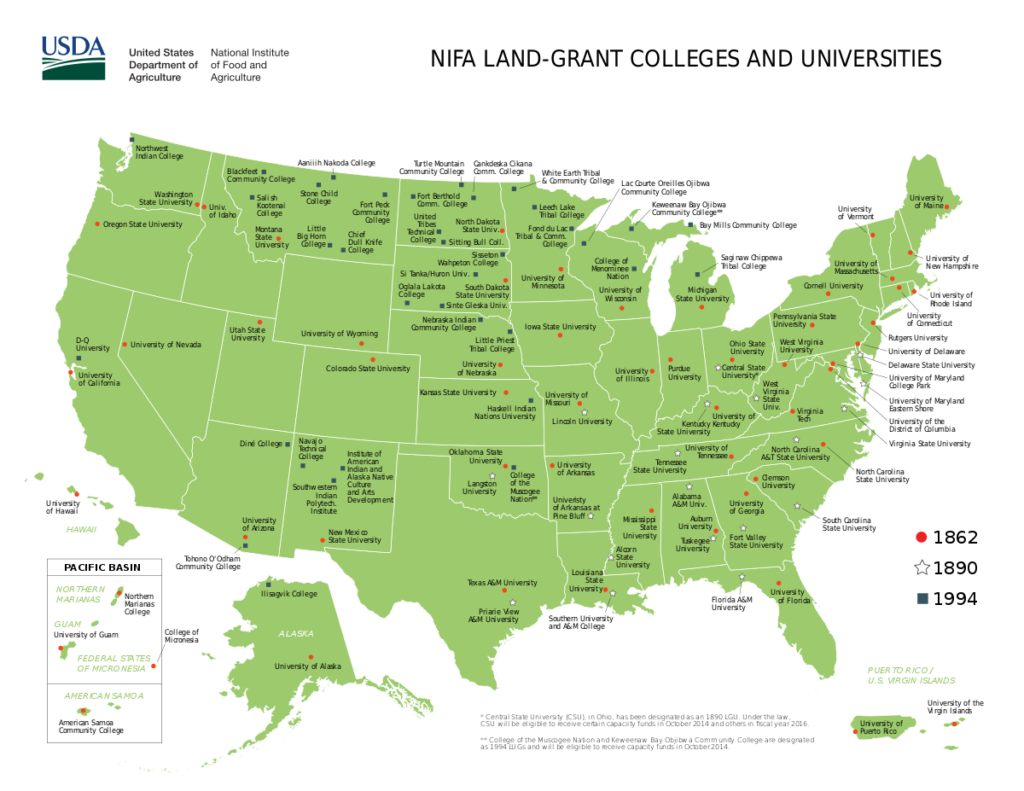Genocide Keeps Paying Off

The Morrill Act of 1862, which established the land-grant university system to spread public education across the country, bestowed 90,000 acres on the University of Idaho. That land was taken from the Nez Perce tribe, Shoshone-Bannock Tribes, the Schitsu’umsh (Coeur d’Alene) and the Te-Moak Tribe of Western Shoshone between 1855 and 1873. The University of Idaho raised over $450,000 from the land sold from its initial grant. Adjusted for inflation, the principal was worth over $13 million.
Today, the University of Idaho continues to benefit from over 33,000 unsold Morrill Act acres, more than a third of its original land grant. These lands comprise nearly 18,000 acres of rangeland, over 15,000 acres of timberland and over 350 acres of farmland. Held in trust by the state, they produced nearly $360,000 in revenue in fiscal year 2019. Another 70,000 mineral acres originally granted through the Morrill Act brought in approximately $1,200 in revenue to the university in the same year. (A “mineral acre” is a full or 100% interest in the minerals on one acre of land.) Both surface and mineral acres are managed by the Idaho Department of Lands — a feature unique to Western states that pulled land from within their own borders. States that received land vouchers, known as scrip, were unable to retain surface or mineral acres.
With an endowment valued at $281 million in 2018, those sums may seem small, but altogether, land-grant universities with remaining Morrill Act surface and mineral acres brought in at least $8.7 million in revenue in fiscal year 2019 alone — a conservative estimate, considering that Arizona, Missouri and Wyoming were unable to provide an accounting of profits from either lands or mineral rights originally granted through the Morrill Act. And these profits encompass only fiscal year 2019: No known estimates exist for the revenues produced for the universities in the last century.
To say the least, the states should be paying reparations to the tribes for this.


